



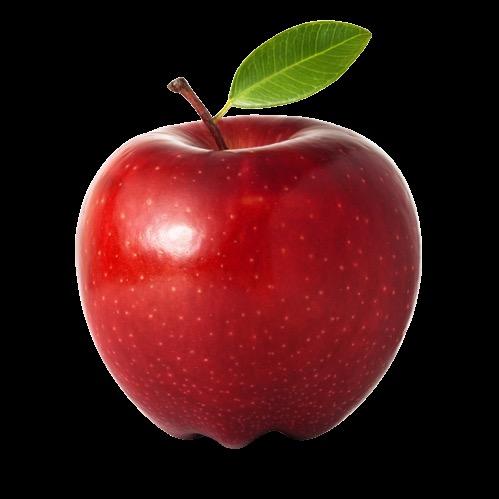








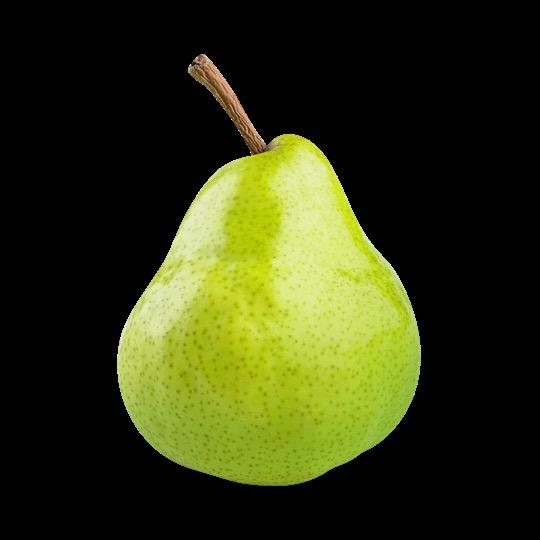

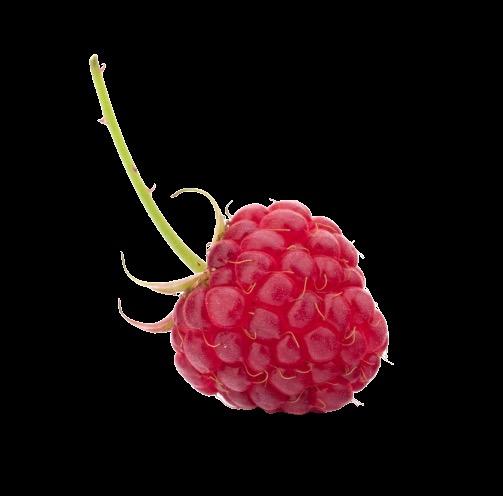

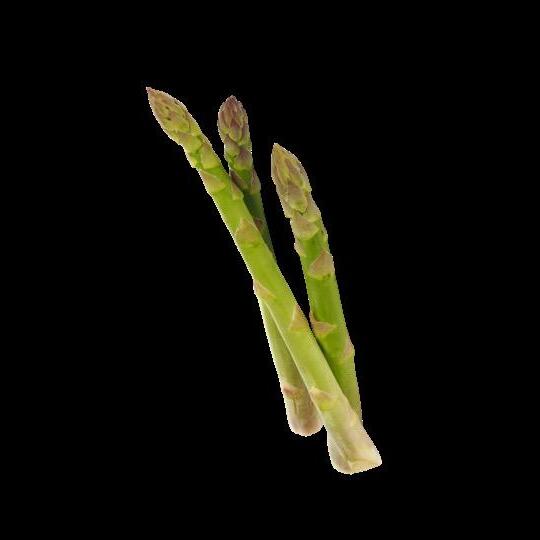






























Washington harvests 10-12 BILLION apples each year.

Washington is the LARGEST apple producing state in the U.S.
The number of apples grown in Washington each year would be able to circle the Earth 29 times! varieties of apples are grown in the United States.
2,500
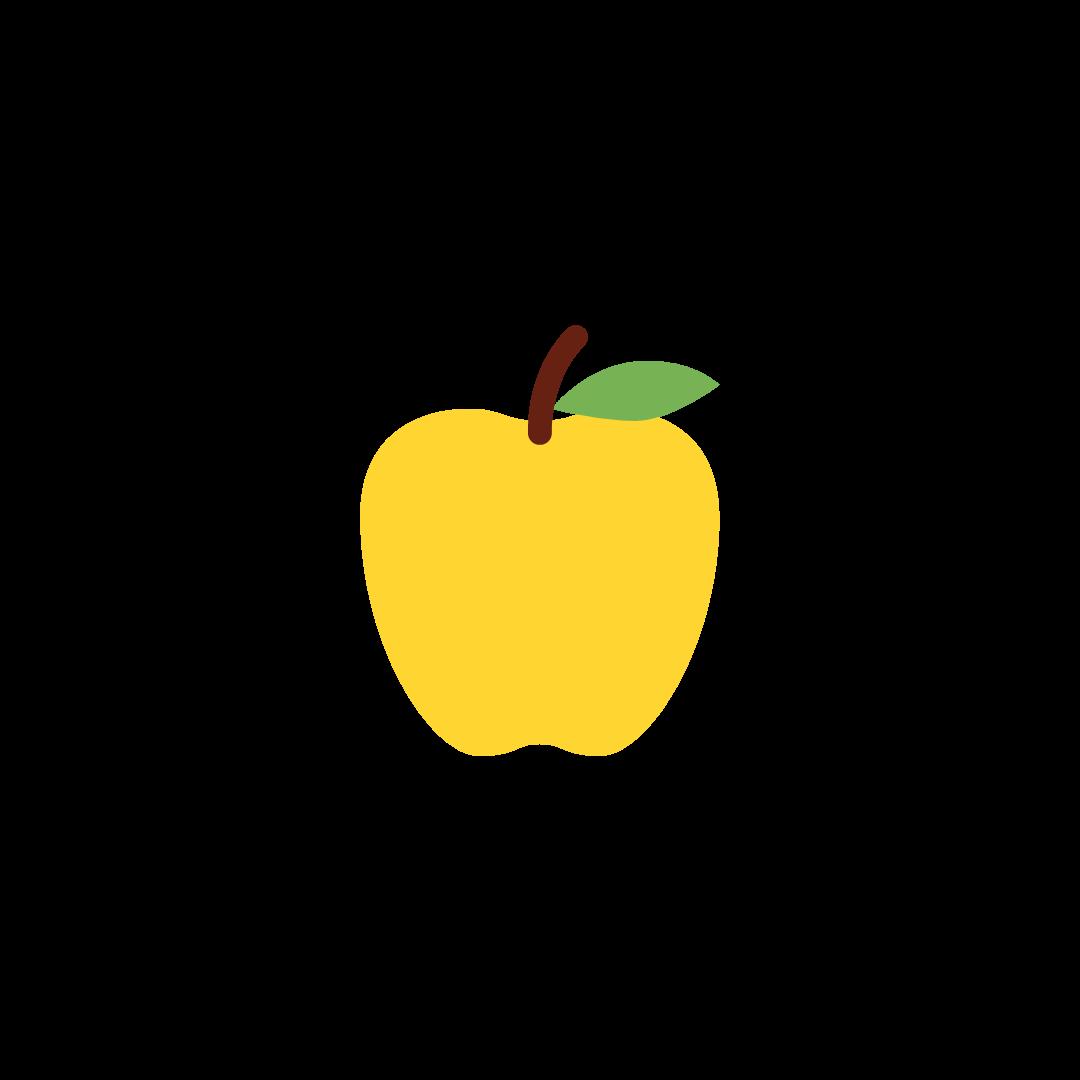
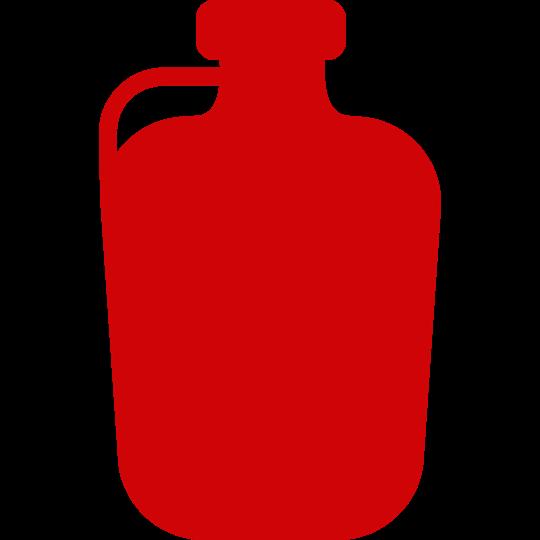
36
apples make 1 gallon of cider.


All of the U.S. produces 250 million bushels of apples/year.
An apple blossom is the flower that comes from an apple tree.
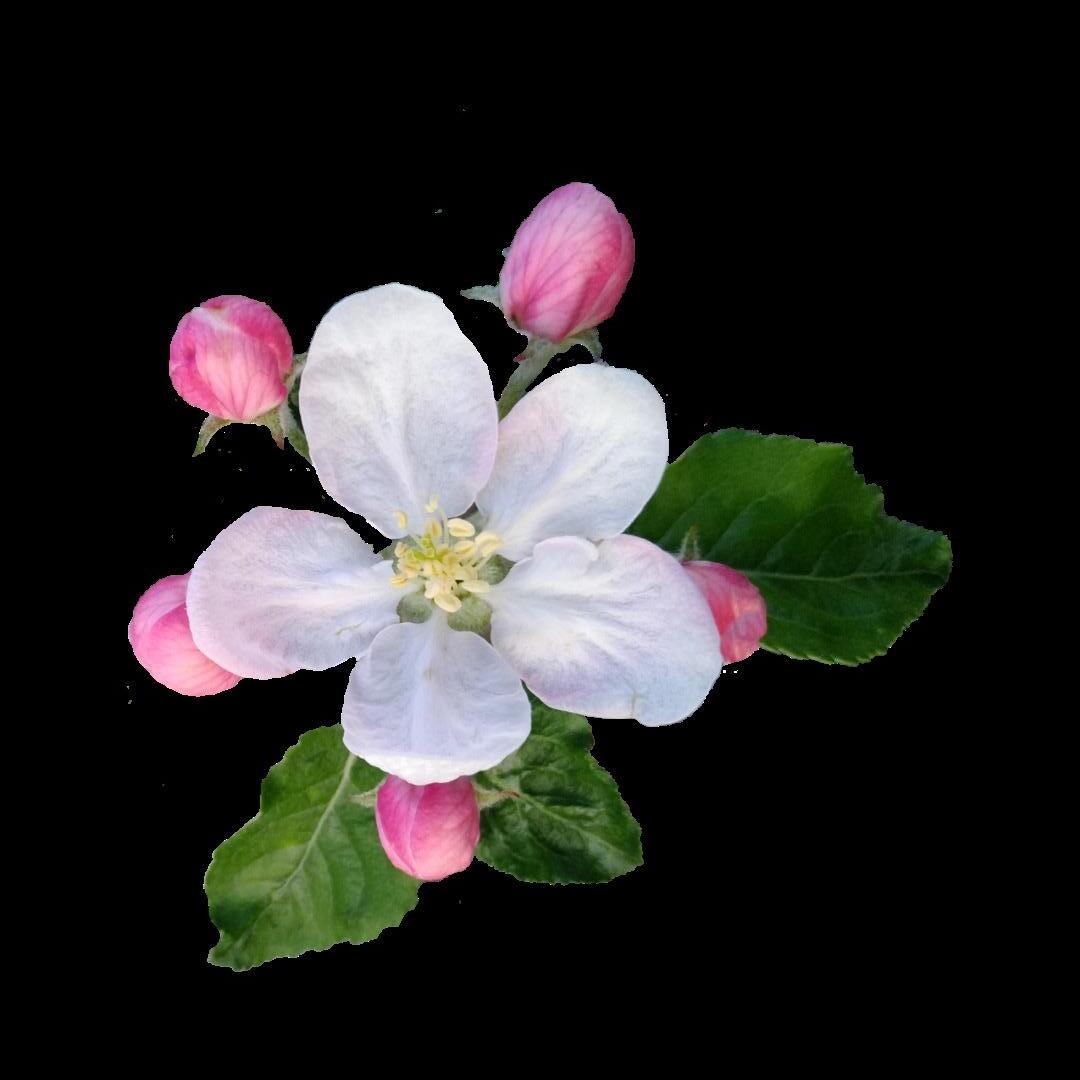
An apple tree takes at least 4 years to start producing fruit.
Most apples are HANDPICKED.
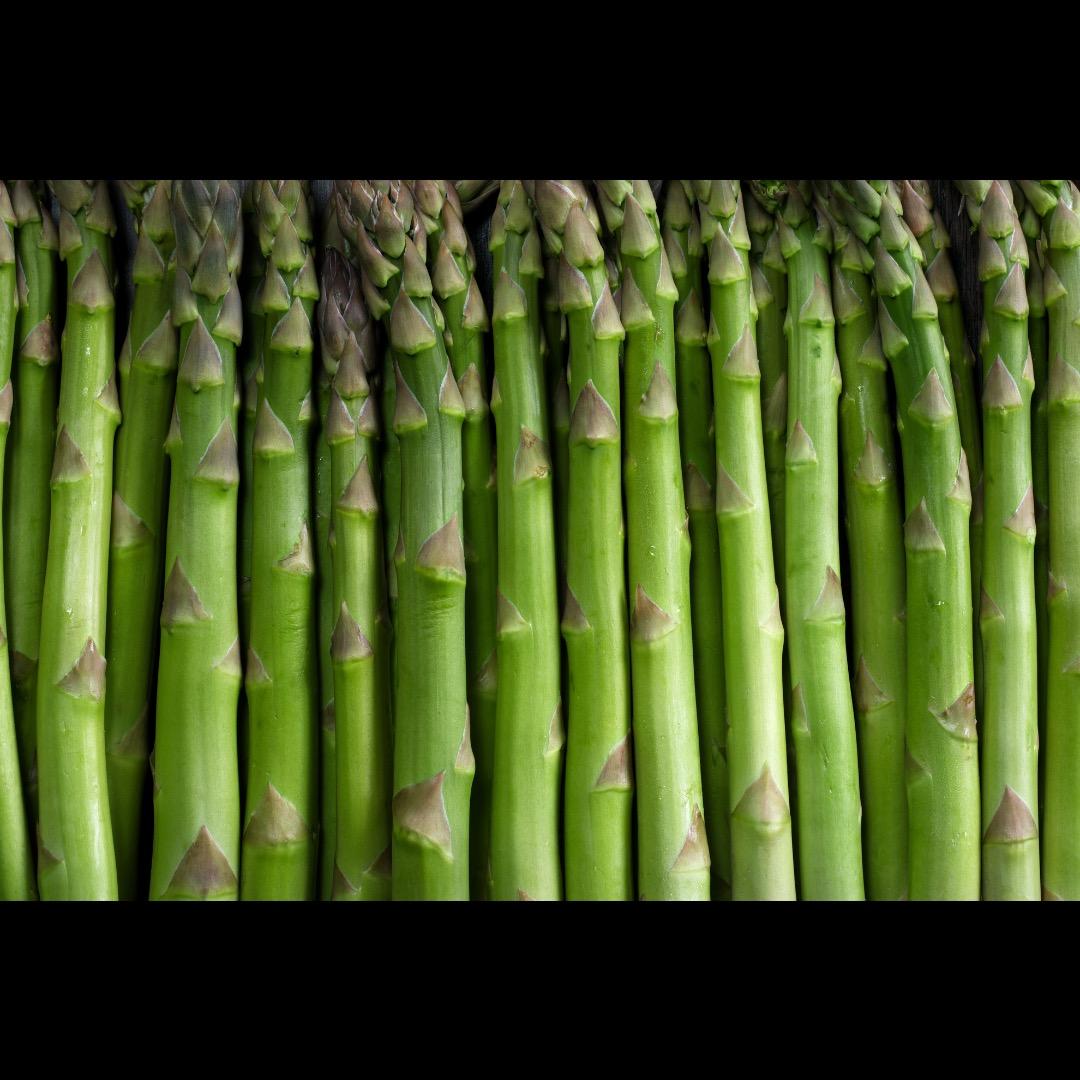


Washington is the largest asparagus producing state in the U.S.
Asparagus grown in Washington is harvested from late March - June.

Watch asparagus grow!

Washington is home to around 4,500 acres of asparagus.
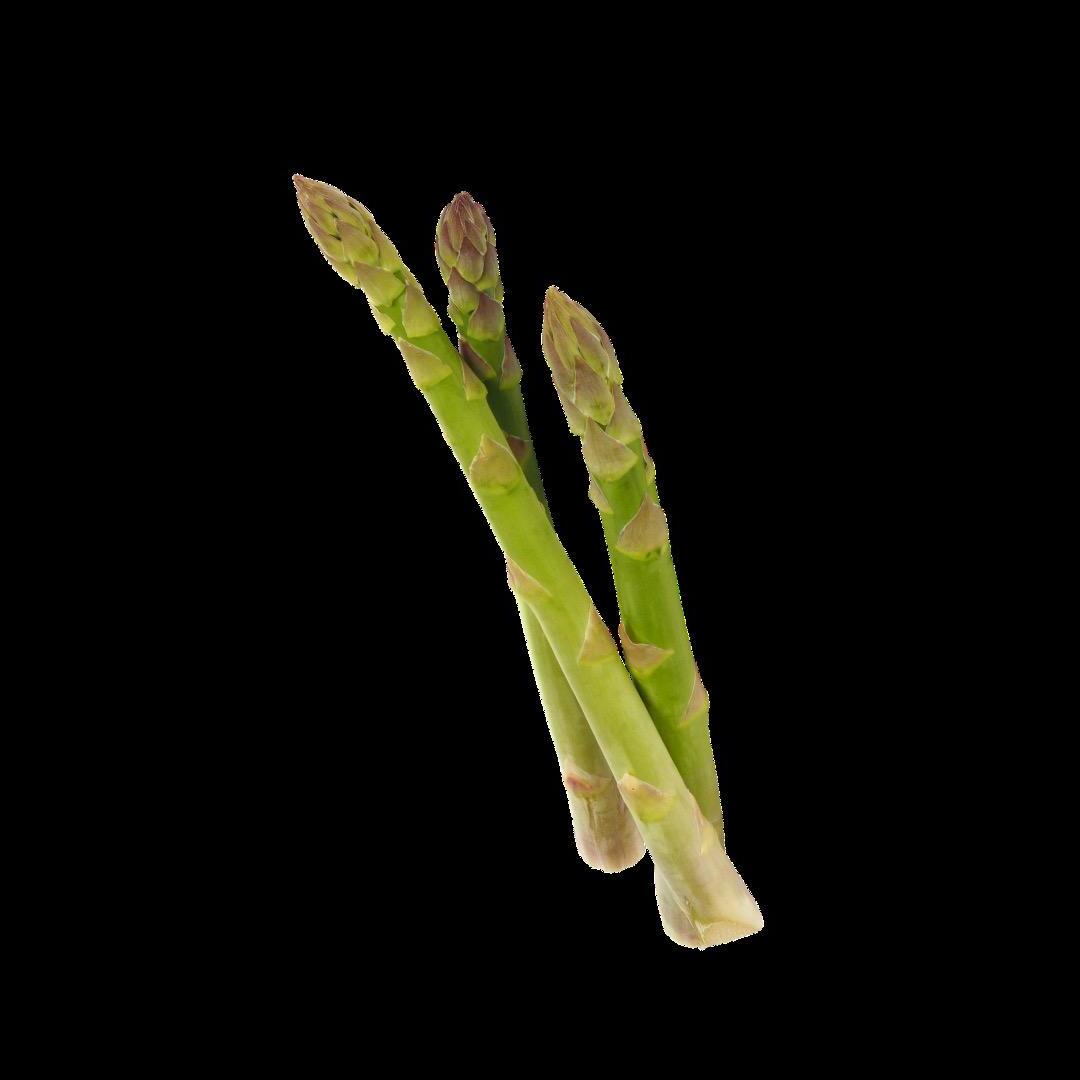
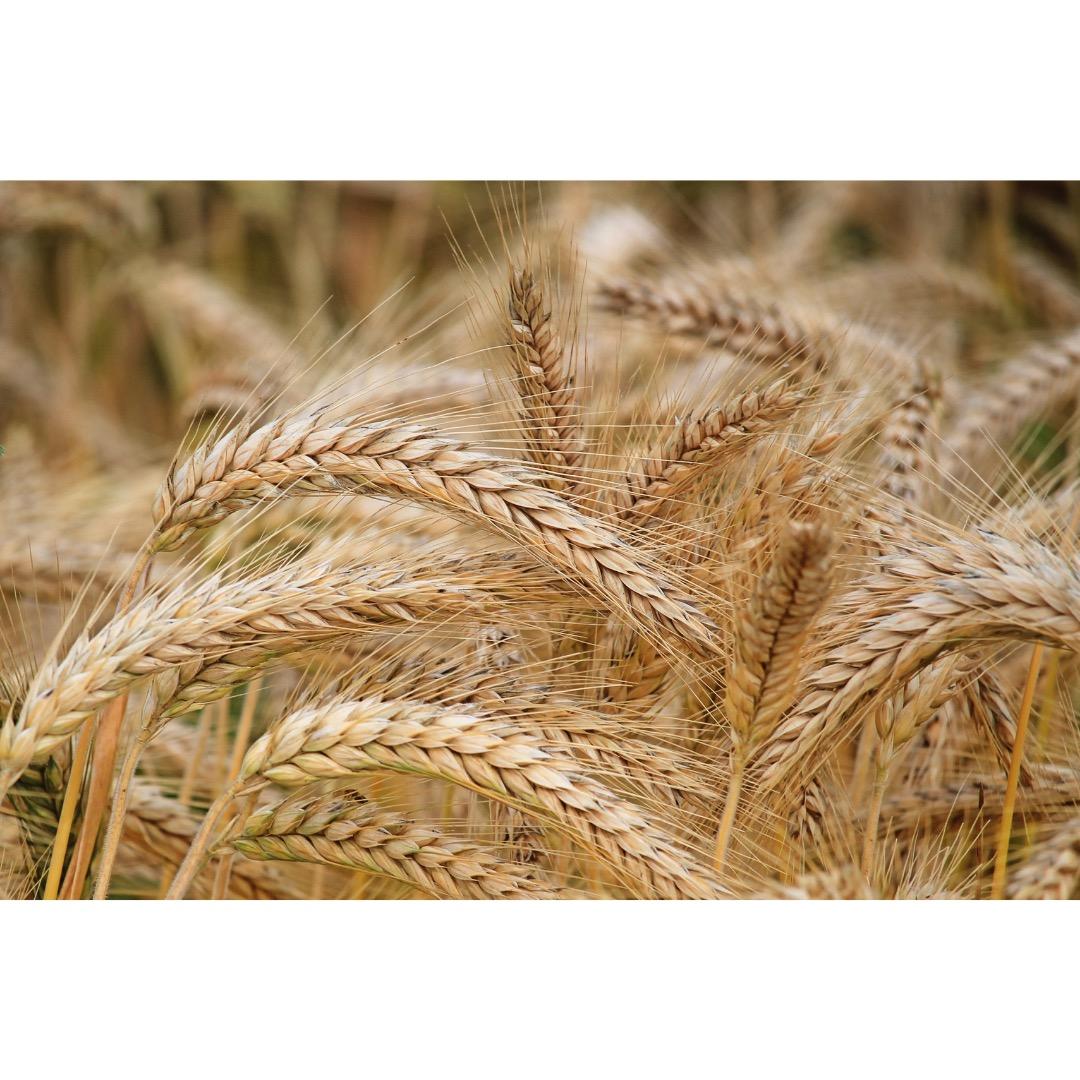


Washington produces around 4.5 million bushels of barely each year.
Ways to Classify Barley:
WA is home to around 94,000 acres of barley.
The U.S. produces mostly spring
1. Spring Barley
2. Winter Barley
3. 6-Row Barley
4. 2-Row Barley
Barley is a cool-season, annual crop.

Barley is one of the oldest domesticated grain crops.

Barley is used as a feed grain for livestock. A percentage of barley is milled into flour.




The head of the plant is called the “barley spike” which is made up of 20 - 60 grains.
Barley is a tall grass with a stem that reaches between 30 - 35 inches high.



Washington is home to over 18,000 acres of blueberries.

Highbush blueberries are the most common.
Blueberries are native North America
4 JULY is National Blueberry Month! blueberries/year.



Blueberries are a superfood!

Lowbush blueberries are smaller & sweeter –perfect for making jam!



Around 10,000 acres of carrots are planted in Washington each year.
Carrots are the 2nd most popular
Carrots are 88% water.
Carrots take 4 months to complete growing.



Carrots can survive entire WINTERS underground!
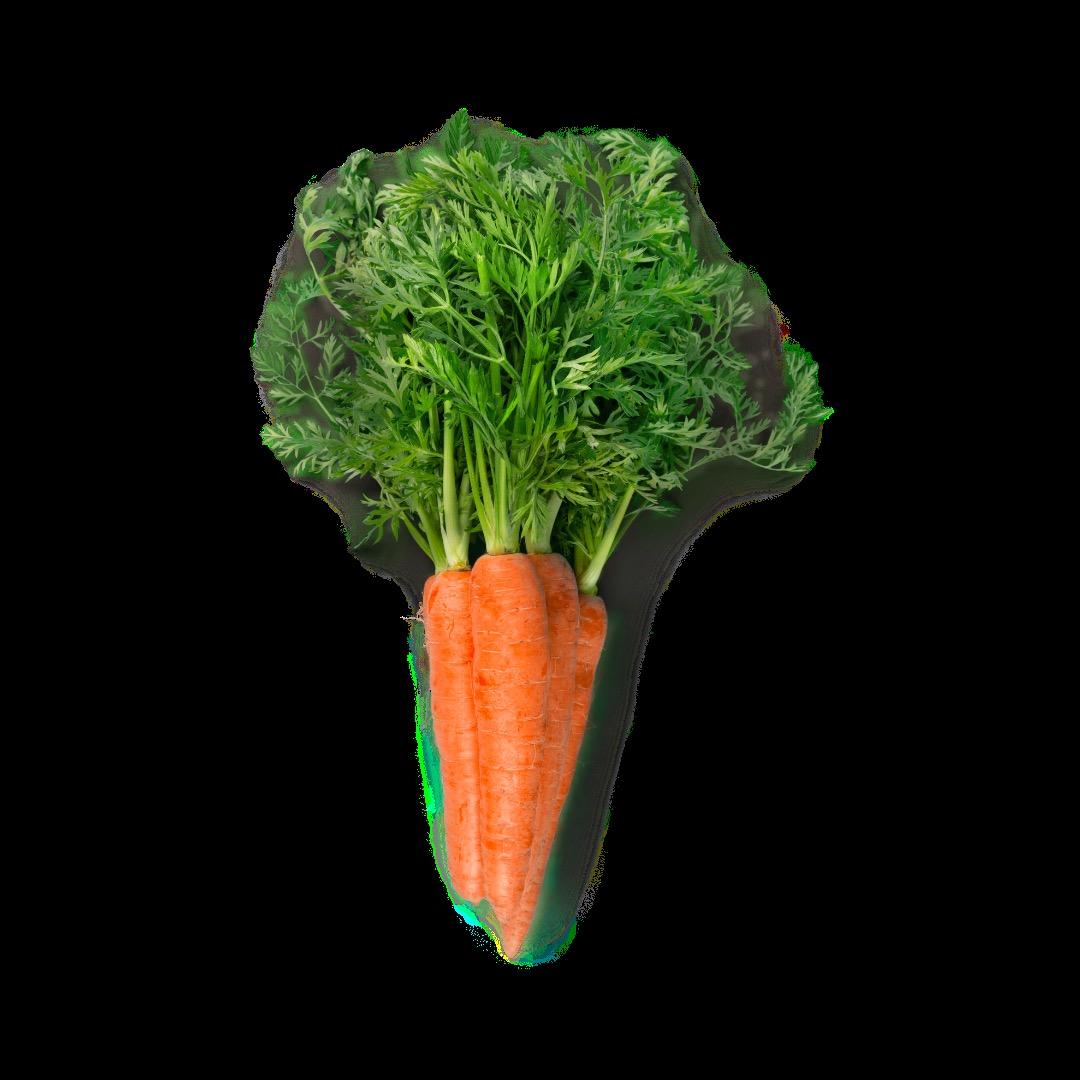
Carrots are biennials, which means they have a 2-year life cycle.



Washington produces around 240,000 TONS of sweet cherries each year.
2 main types of cherries: tart & sweet.
Bing is the most popular variety of sweet cherries.
Cherries are a type of stone fruit.

Washington is the largest sweet cherry producing state in the U.S.


Tart cherries are most often used for baking.
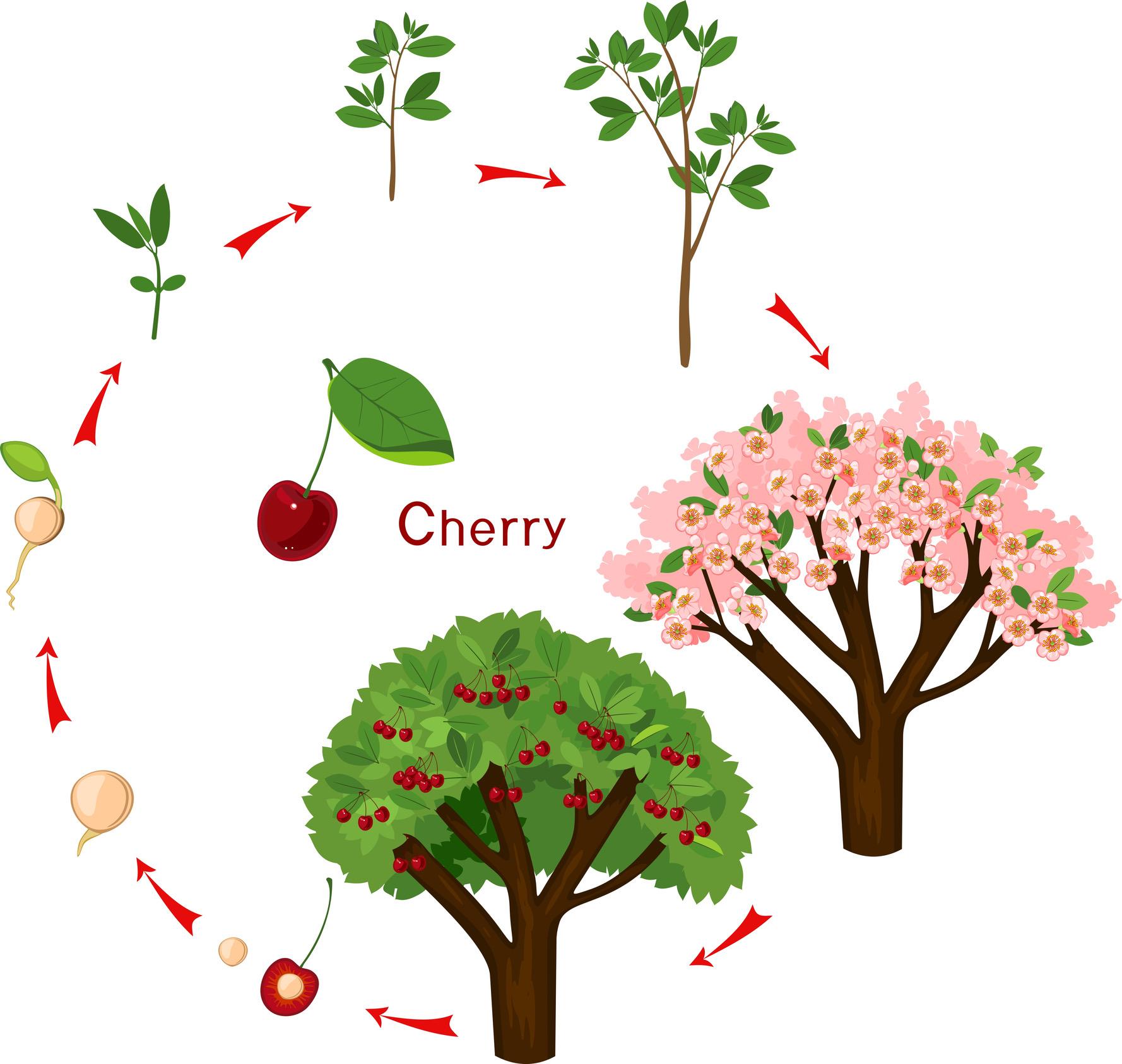

Cherry trees can be up to feet tall!
33
Cherries are a part of the rose family.
1,000 varieties.
An entire cherry tree can be harvested in just 7 seconds.
A typical cherry tree produces ~
7,000 cherries.
A cherry tree can survive and produce fruit for around 100 years.


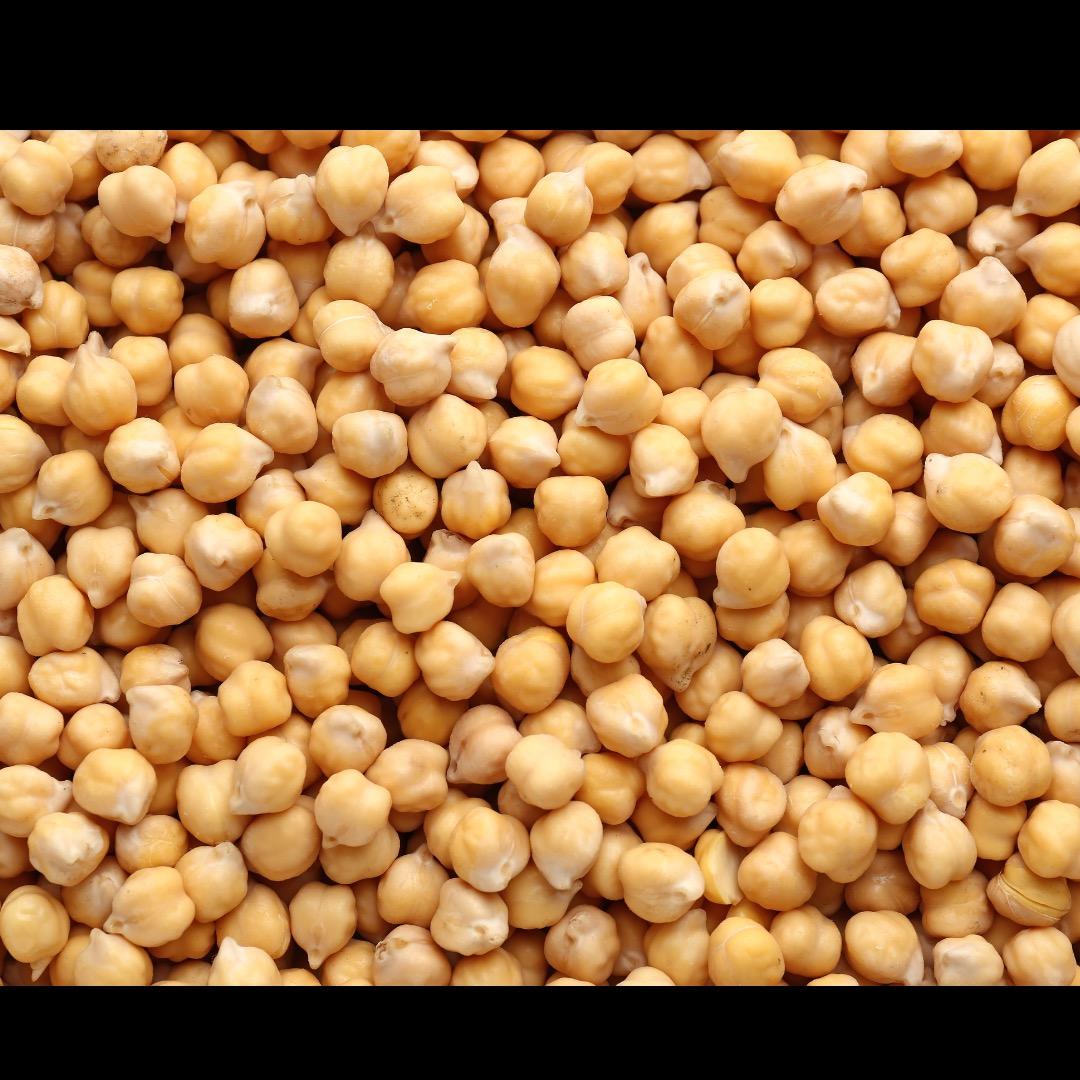





Washington is the nation’s #1 producer of Concord (juice) grapes.
72 million tons of grapes are grown worldwide each
Grapes are a type of
There are over 8,000 different types of grapes.

Grapevines can reach up to 50 feet in length.

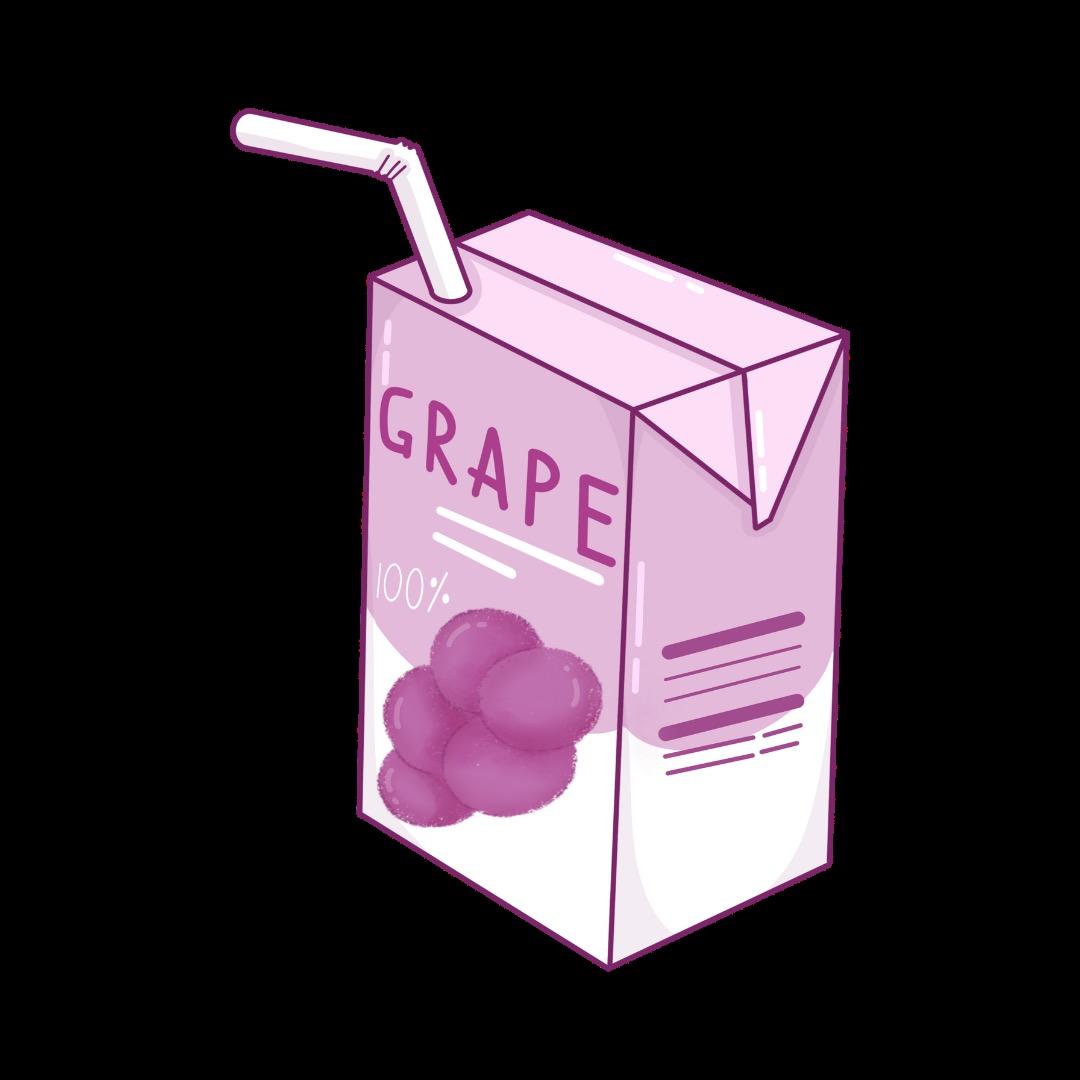
Grapes are in



Each cluster contains

purple, blue & gold


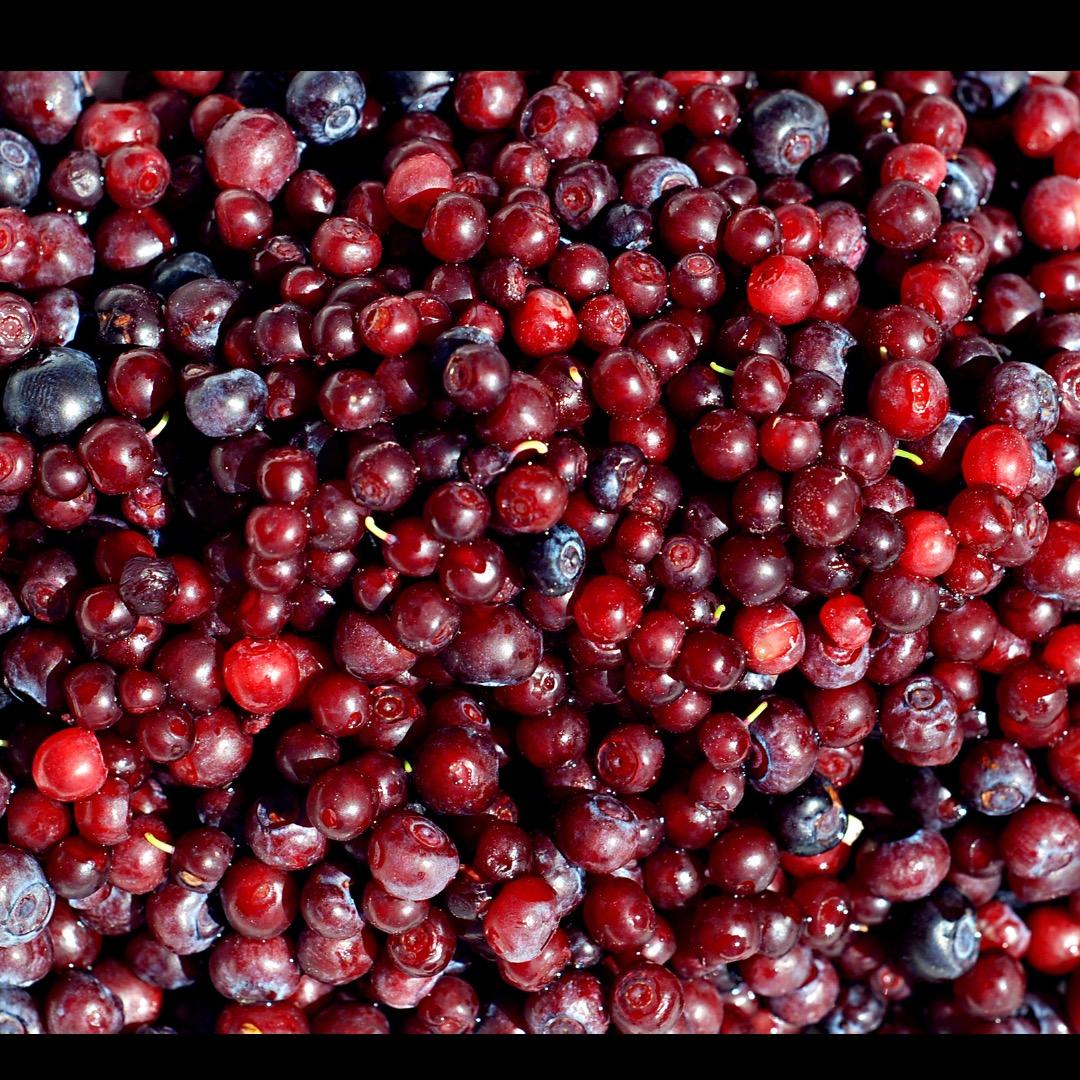





Washington harvests around 43,000 acres of lentils each year.
Lentils are planted in early May and harvested

June - July, pale blue flowers grow on the leaves of the lentil plant.



Red/Yellow Specialty Brown are the most common.

Lentils are a drought resistant crop.
Lentils are one


Lentils are most commonly eaten in soups. 11,000 B.C.
Lentils are a “legume”.
short crop – lentil plants never reach more than 2 feet in height.

Lentils grow inside the pods on the plant. There are usually 1-3 lentils per pod.
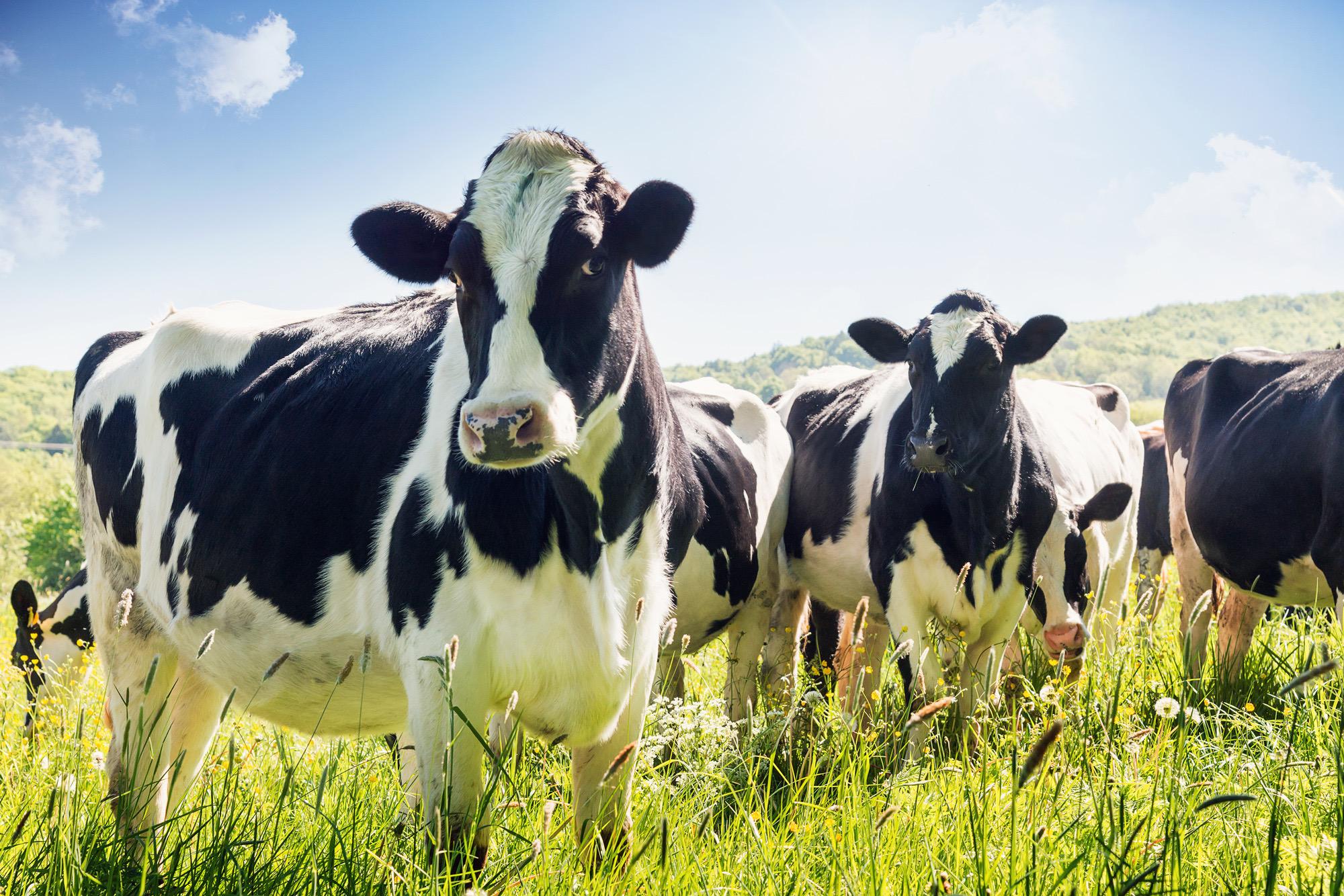


Washington is home to 500+ dairy farms & 254,000 dairy cows.
6.2 BILLION pounds of milk is produced in Washington each year.
Nearly 98% of U.S. dairy farms are family owned & operated.
Breeds of Dairy Cows:
1. Ayrshire
Brown Swiss
Guernsey
Holstein
Jersey

Milking Shorthorn
Holstein cows all have a unique pattern of spots!
1 cow produces around 6 gallons of milk per day.
The reason milk is white is because it contains “casein” –a type of protein.
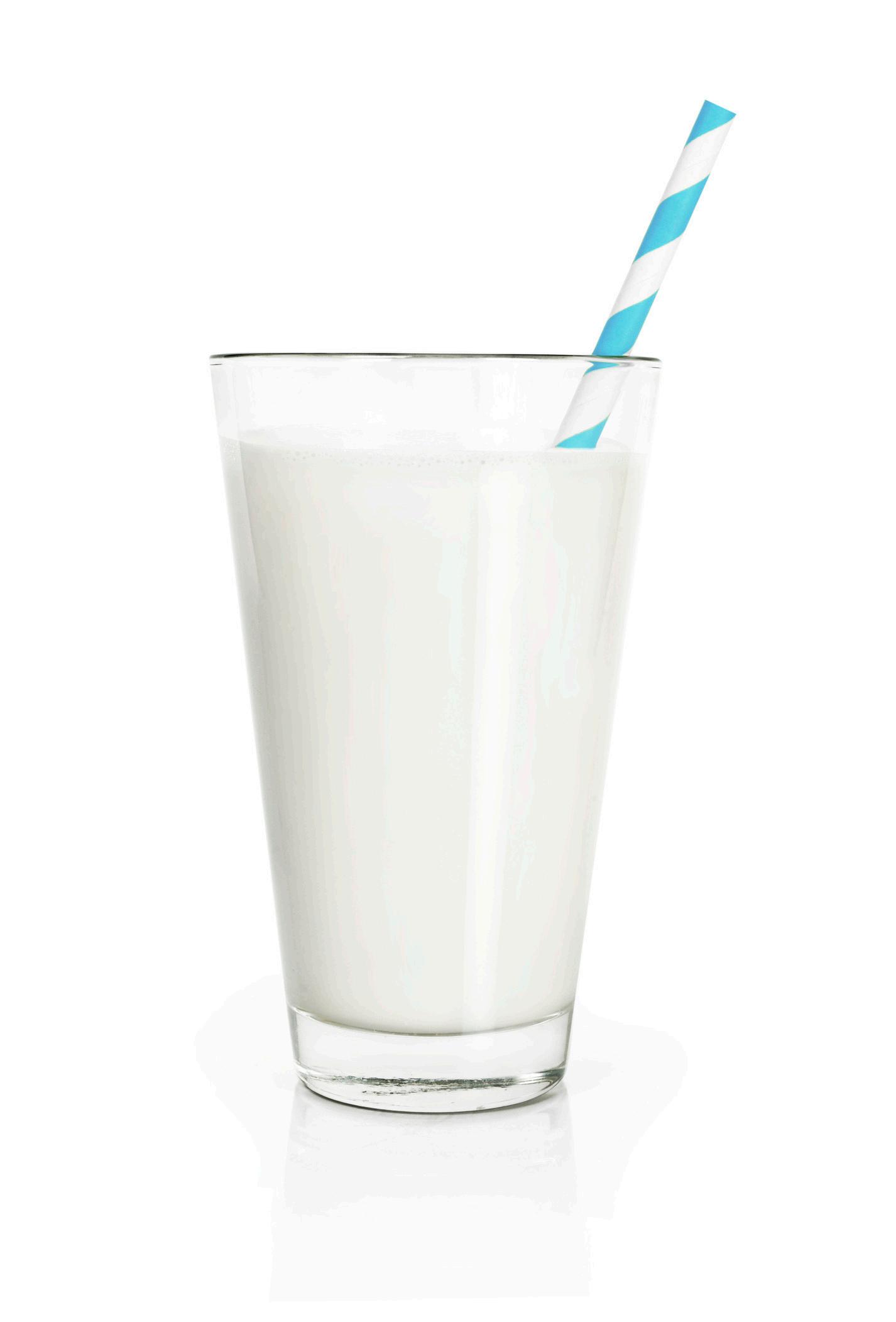
ALL 50 states have dairy farms!

The U.S. produces ~21 BILLION gallons of milk each year.
Milk is the source of ALL products!









Washington is the largest pear producing state in the U.S.

Pears used to be called

Over

Washington harvests around 285,000 TONS of pears on 17,500 acres of land each year. Washington & Oregon produce 84% of all pears grown in the U.S.
Pears are a part of the rose family.
Pears prefer to grow in cooler climates



Common types of pears: Bosc, Comice & Forelle. pears are picked HAND. Pears are considered to the most fragile fruit. 30-40 ft. tall trees.




Washington is the #1 pea producing state in the U.S.
1. English Pea
2. Snow Pea
3. Sugar Snap Pea
When a pea pod is ripe, the pod will split in half.
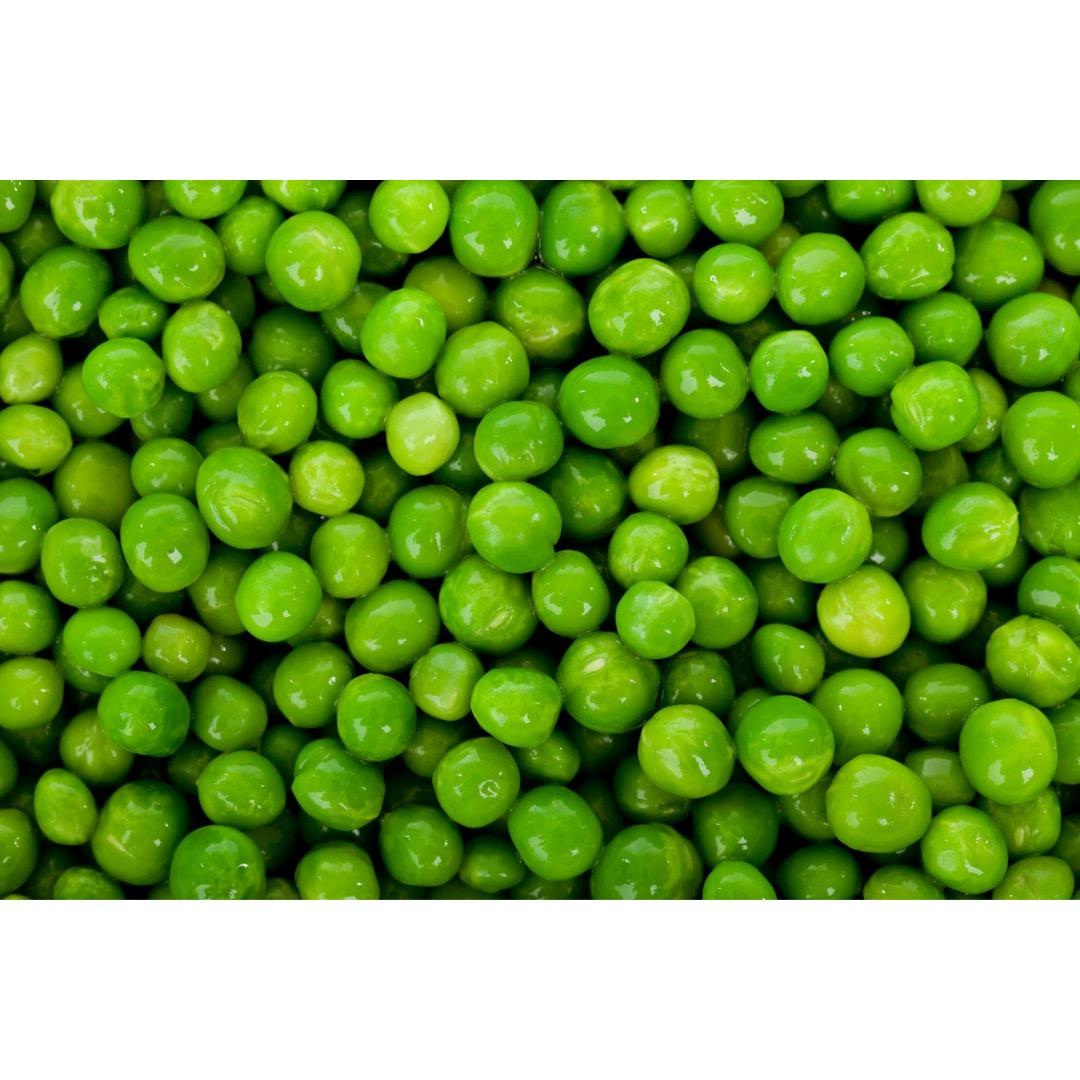
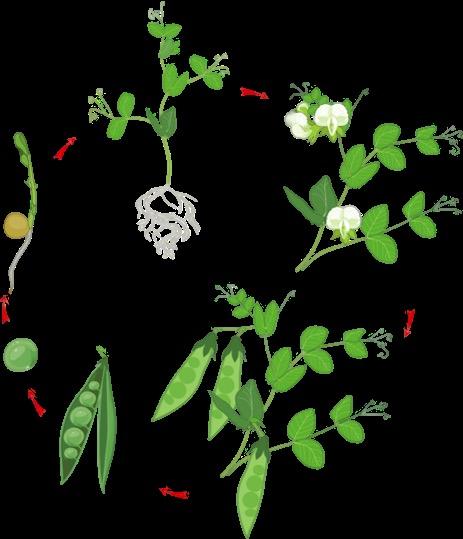
Washington harvests over 162 MILLION pounds of peas each year.
Throughout the U.S. there are about 893,000 acres of peas.


Pea pods grow to be around long.
The average pea weighs 0.1 - 0.3 grams!
Peas are cool-weather crops that cannot tolerate the heat.

There are 5 - 10 peas in each pod.
A fully mature pea is actually
Harvesting usually takes place 60 – 70 days after planting.

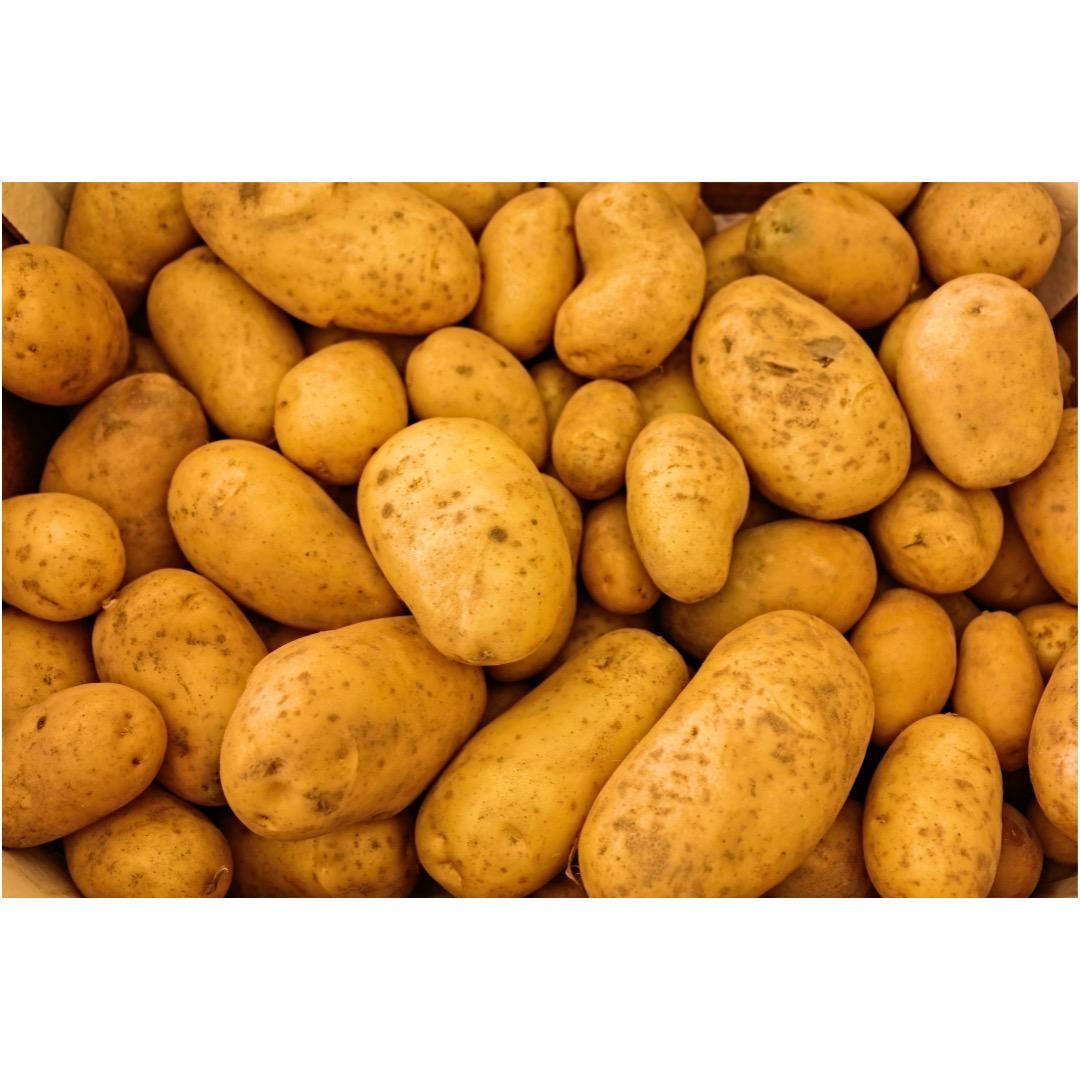


Washington grows over 23% of the United States potato production.
2. Washington 3. Wisconsin 3 Top
Potato
Producing States:
1. Idaho

99% of Washington potato farms are family owned.

In 1995, potatoes became the first vegetable grown in

Potatoes are the second most consumed food in the U.S. after dairy products. 35% of potatoes are turned into French fries.
National Potato Day

Potatoes are grown underground.
Potatoes are an annual plant.
Potatoes are also referred to as “spuds”. Potatoes are a part of the nightshade family.





Pumpkins range in yellow, orange!


Each year, Washington harvests around 3,000 acres of pumpkins. from mid September through November.


The U.S. produces over 1.5 BILLION pounds of pumpkins each year. of the U.S. pumpkin OCT. are grown on EVERY continent except Antarctica. Pumpkins are water.
45+ varieties of pumpkins. Pumpkin pie is the most popular Thanksgiving dessert.

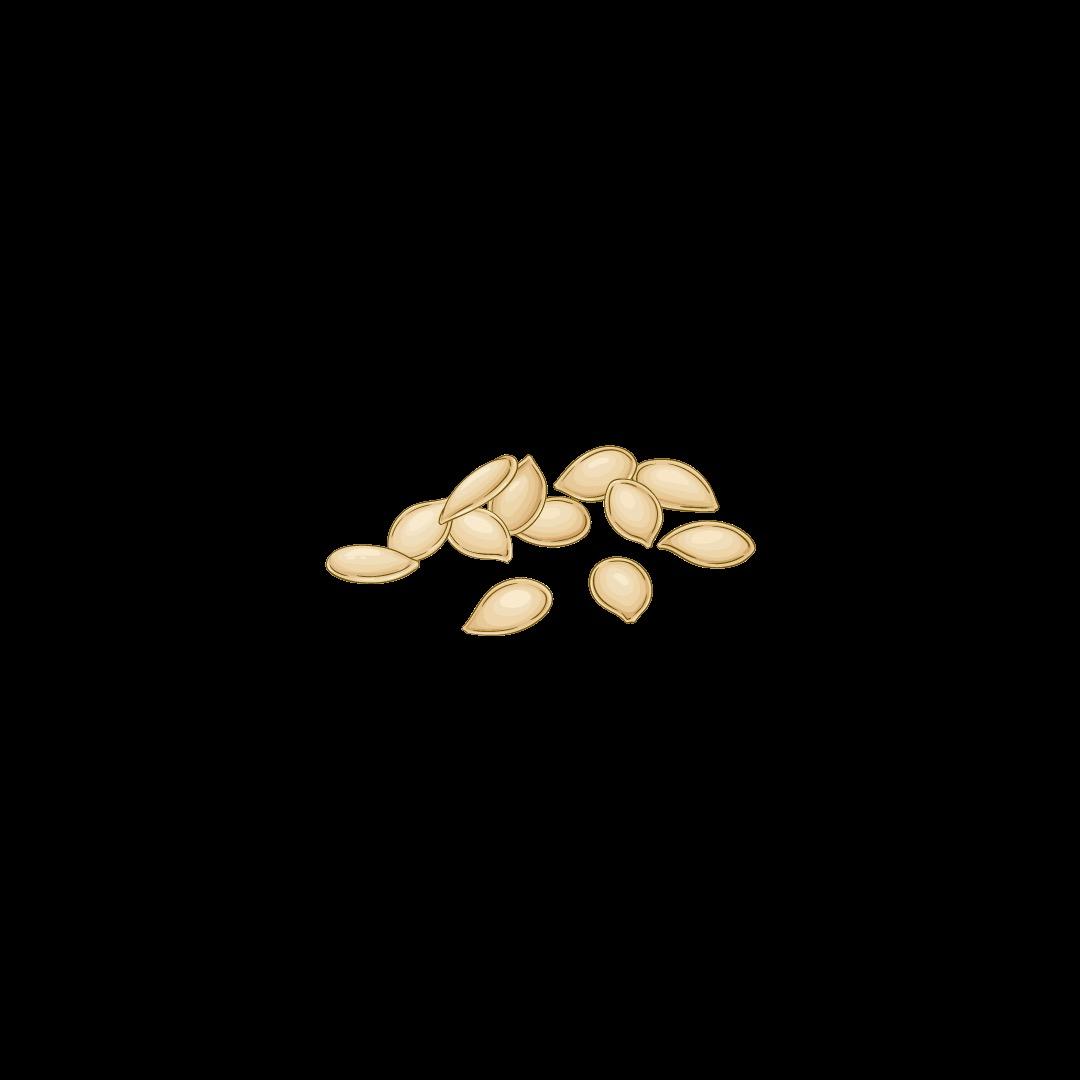
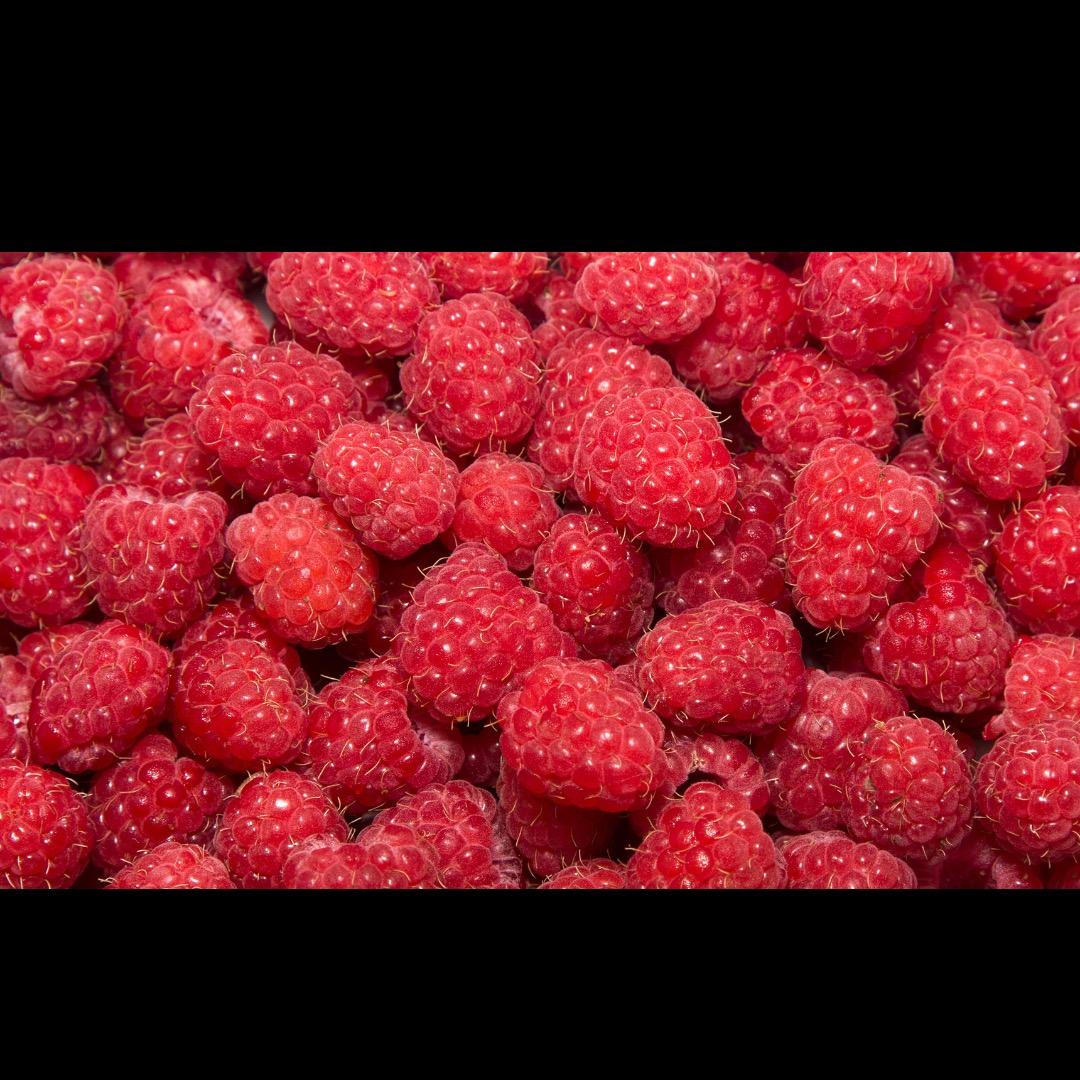


Raspberries grown in Washington are in season from 60% of raspberries grown in the U.S. come from Washington.
Washington is home to around 8,300 acres

Raspberries are a part of the rose family.
Raspberries are usually a sign of SUMMER!
Depending on the variety, raspberries can be purple, gold or black Raspberry plants can live for up to 10 years.

varieties of raspberries.
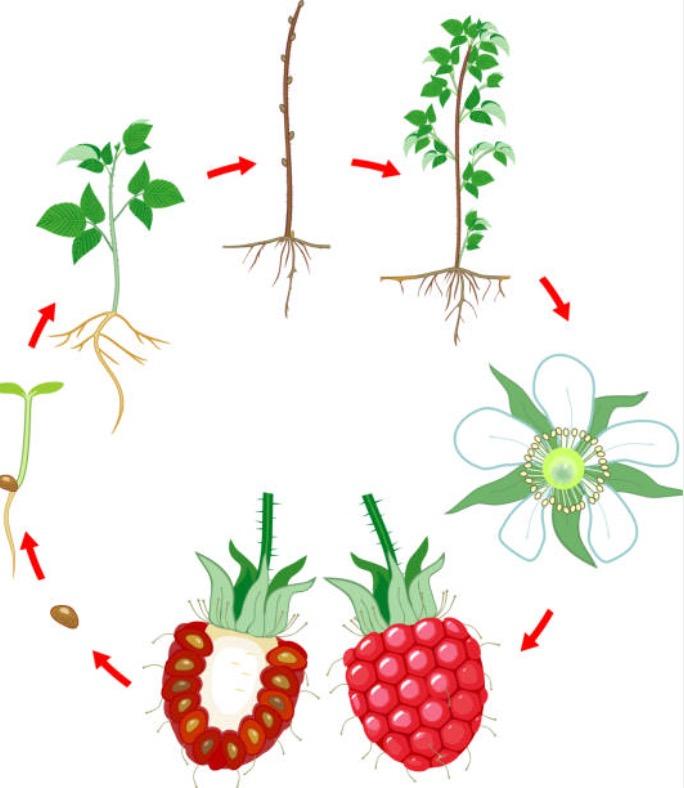
1 raspberry plant can produce 300+ raspberries per year.

Raspberries grow best in places with cool summers & mild winters.





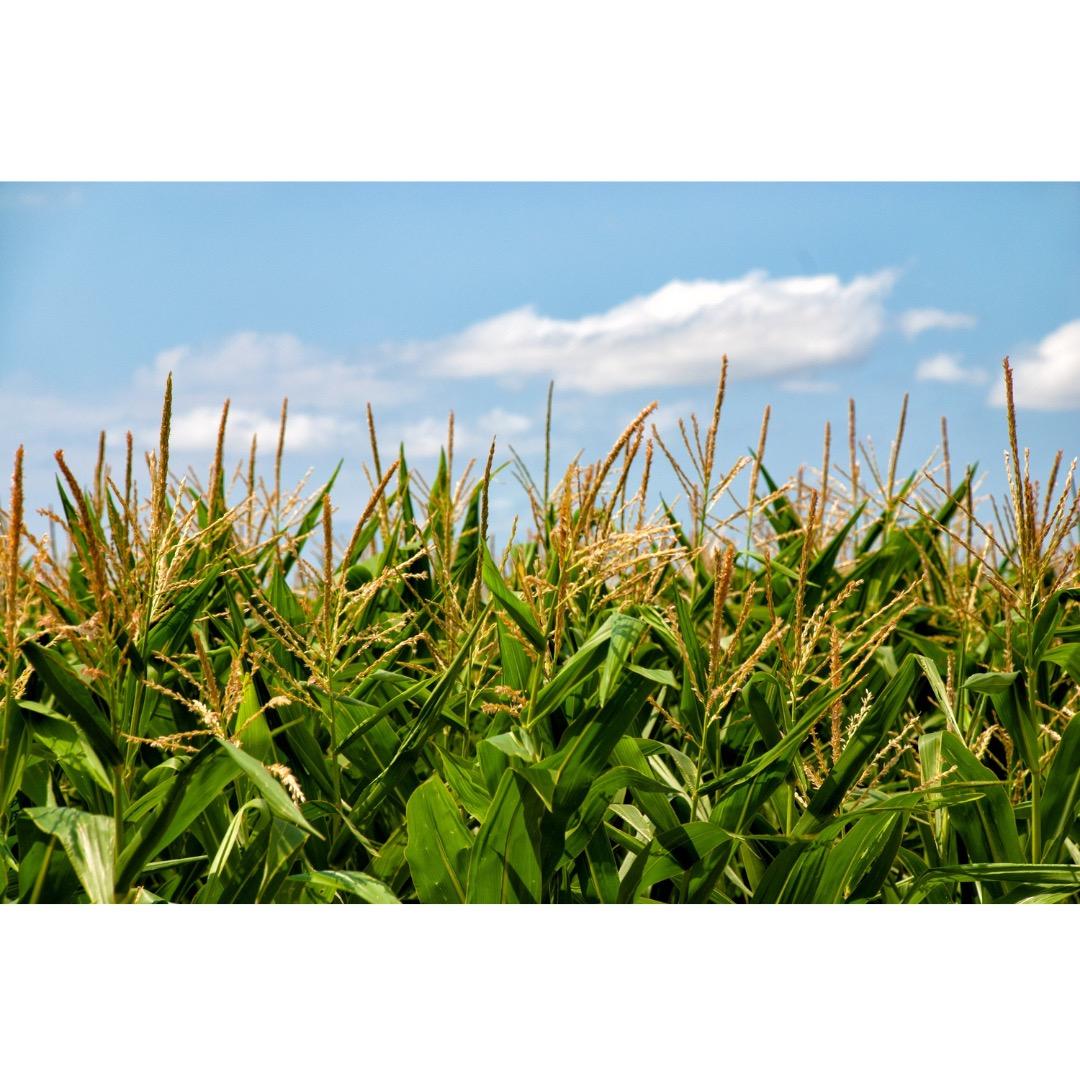


Washington harvests 1.5+ BILLION pounds of sweet corn each year. Washington is home to 72,000 acres of sweet corn.
The U.S. is the LARGEST producer, consumer & exporter of corn in the world.
Humans only eat sweet corn





In many other countries, corn is called “maize
1 corn stalk produces 1 - 3 ears of corn
Palm Beach County produces over 50% of Florida’s sweet corn.
There are around 800 kernels on each ear of corn. field crop.
Corn stalks can grow between 7 – 10 feet tall.
An ear of corn ALWAYS





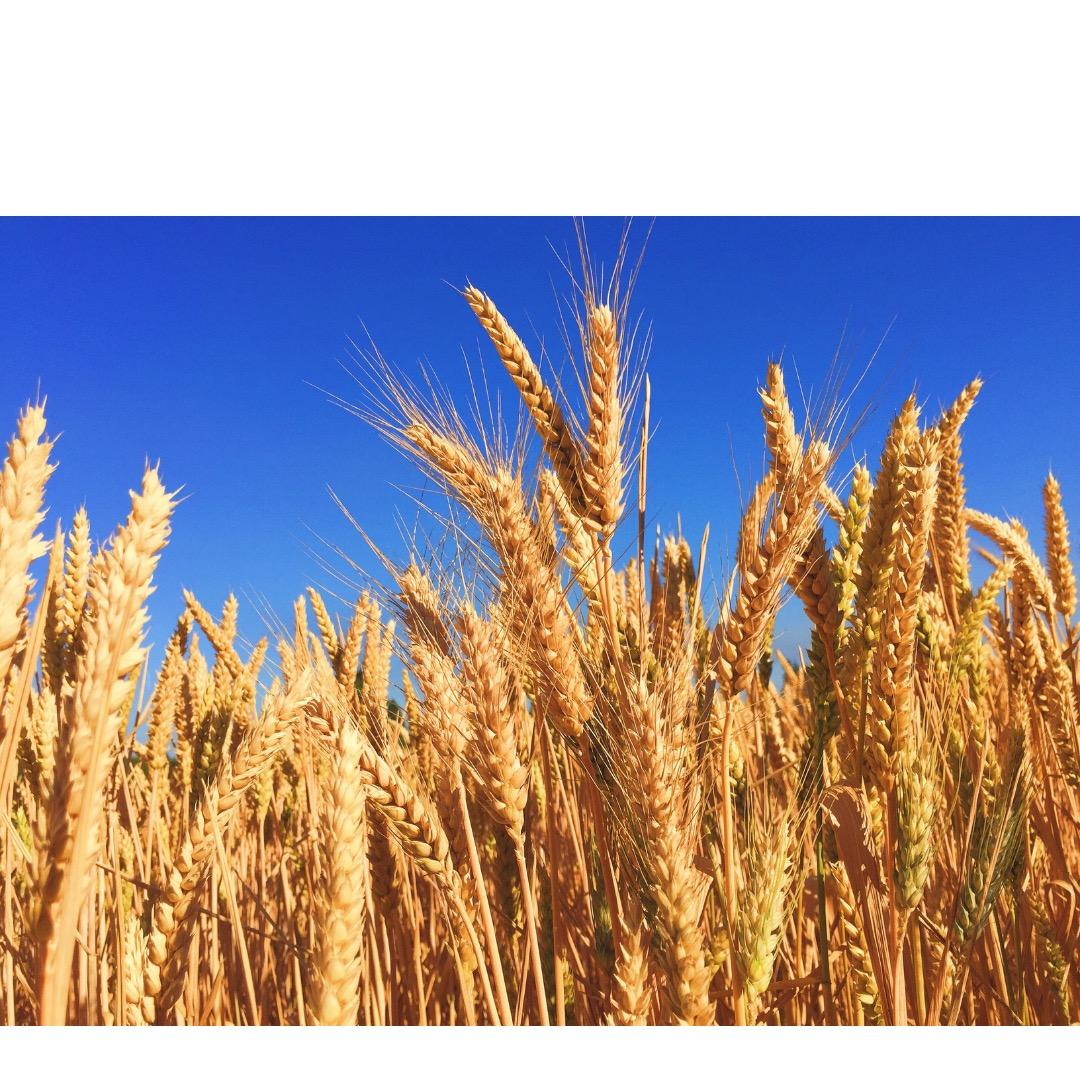


Washington is home to over 2.3 MILLION acres of wheat.
Classes of
Grown in the U.S.
1. Hard Red Winter 2. Hard Red Spring 3. Soft Red Winter 4. Soft White 5. Durum

The average wheat crop grows to be between 2 & 4 feet tall.
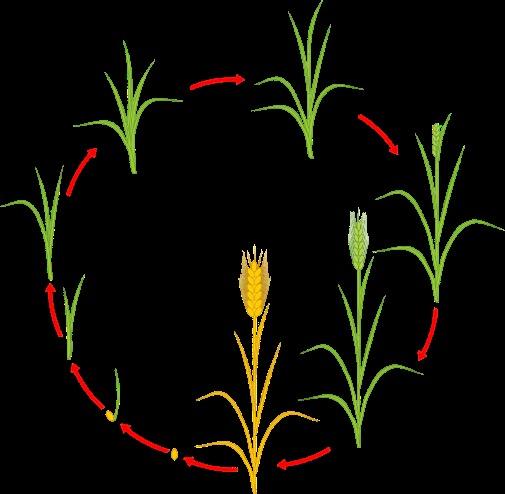
Washington grows mostly Winter
1 bushel

90 loaves of bread.
1 acre = 40 bushels of wheat.
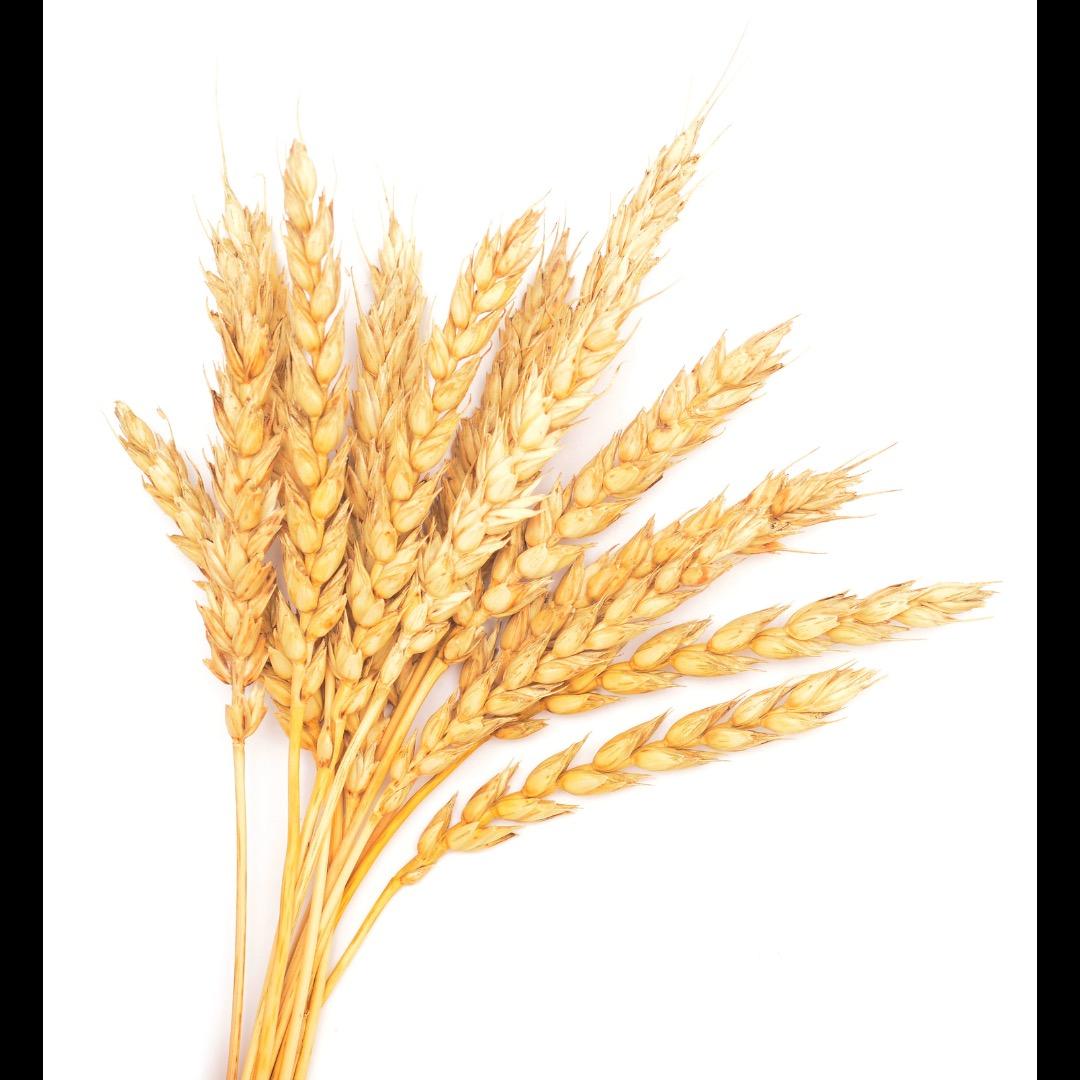
Wheat grows best in warm weather.


Wheat is the MOST harvested crop in the world.


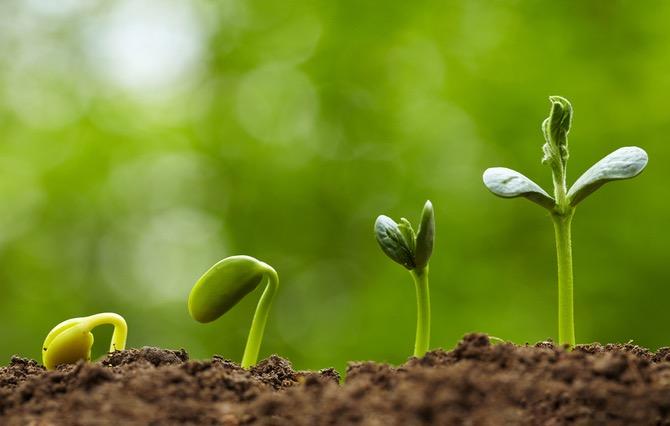
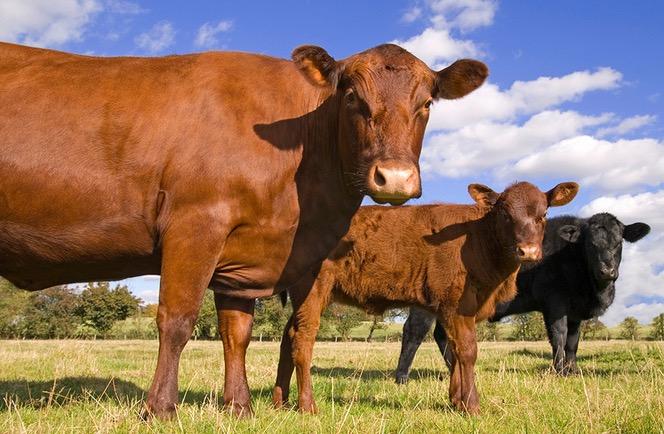
Ag Literacy Curriculum Matrix Ag @School eLearning


Literacy Books